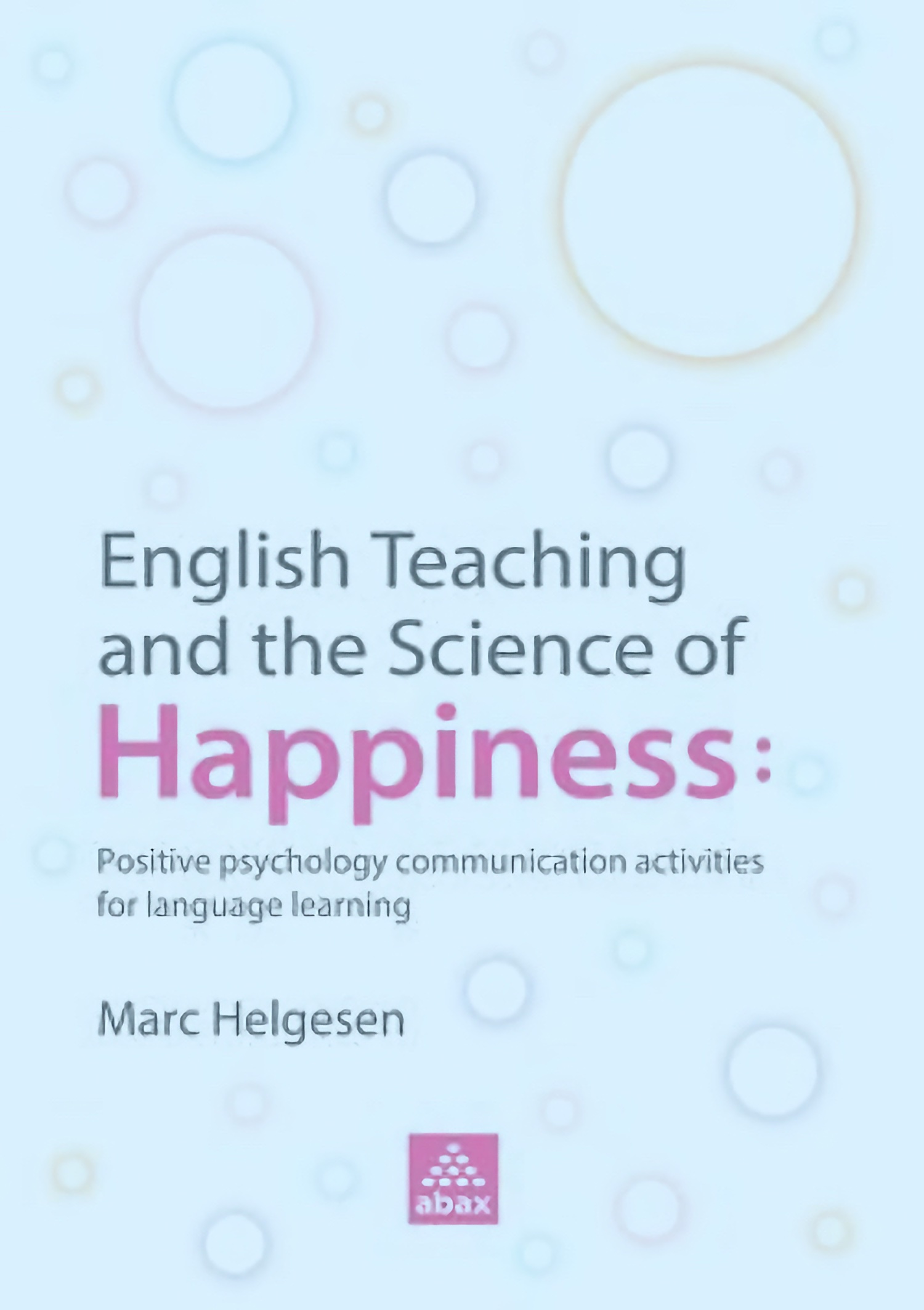We have a range of digital books published on behalf of Abax Publishing
Click on the cover for more information and to buy a copy
Do more of what makes you happy.
Simple? Yes. Simplistic? Probably. But there is more than a grain of truth in the suggestion. Research suggests that about 40% of our positive feelings are based on things that we choose to do. In contrast, only 10% of our happiness is based on our circumstances—health, wealth, and other things that most of us spend most of our time working on and worrying about. The last half of our positive affect is based on a “set-point,” a natural predisposition. This will go up or down at times, but we return to our basic set point (Lyubomirsky, 2007). In other words, half of our happiness we can’t control, so there is not much point in putting energy into that. But of the remainder, we control a huge percentage, and that is an area we can put our energy in to. And as teachers, too, we have very good reasons to focus on positive emotions in our classes. Happy students learn more, miss fewer classes and report higher levels of conscientiousness (Oishi, Diener & Lucas, 2007). Information such as this comes from a field called “positive psychology.” Positive psychology is “the scientific study of optimal human functioning. It aims to discover and promote the factors that allow individuals and communities to thrive” (Sheldon, et al., 2000). TIME magazine calls it “The Science of Happiness” (Wallis, 2005).
Simple? Yes. Simplistic? Probably. But there is more than a grain of truth in the suggestion. Research suggests that about 40% of our positive feelings are based on things that we choose to do. In contrast, only 10% of our happiness is based on our circumstances—health, wealth, and other things that most of us spend most of our time working on and worrying about. The last half of our positive affect is based on a “set-point,” a natural predisposition. This will go up or down at times, but we return to our basic set point (Lyubomirsky, 2007). In other words, half of our happiness we can’t control, so there is not much point in putting energy into that. But of the remainder, we control a huge percentage, and that is an area we can put our energy in to. And as teachers, too, we have very good reasons to focus on positive emotions in our classes. Happy students learn more, miss fewer classes and report higher levels of conscientiousness (Oishi, Diener & Lucas, 2007). Information such as this comes from a field called “positive psychology.” Positive psychology is “the scientific study of optimal human functioning. It aims to discover and promote the factors that allow individuals and communities to thrive” (Sheldon, et al., 2000). TIME magazine calls it “The Science of Happiness” (Wallis, 2005).




